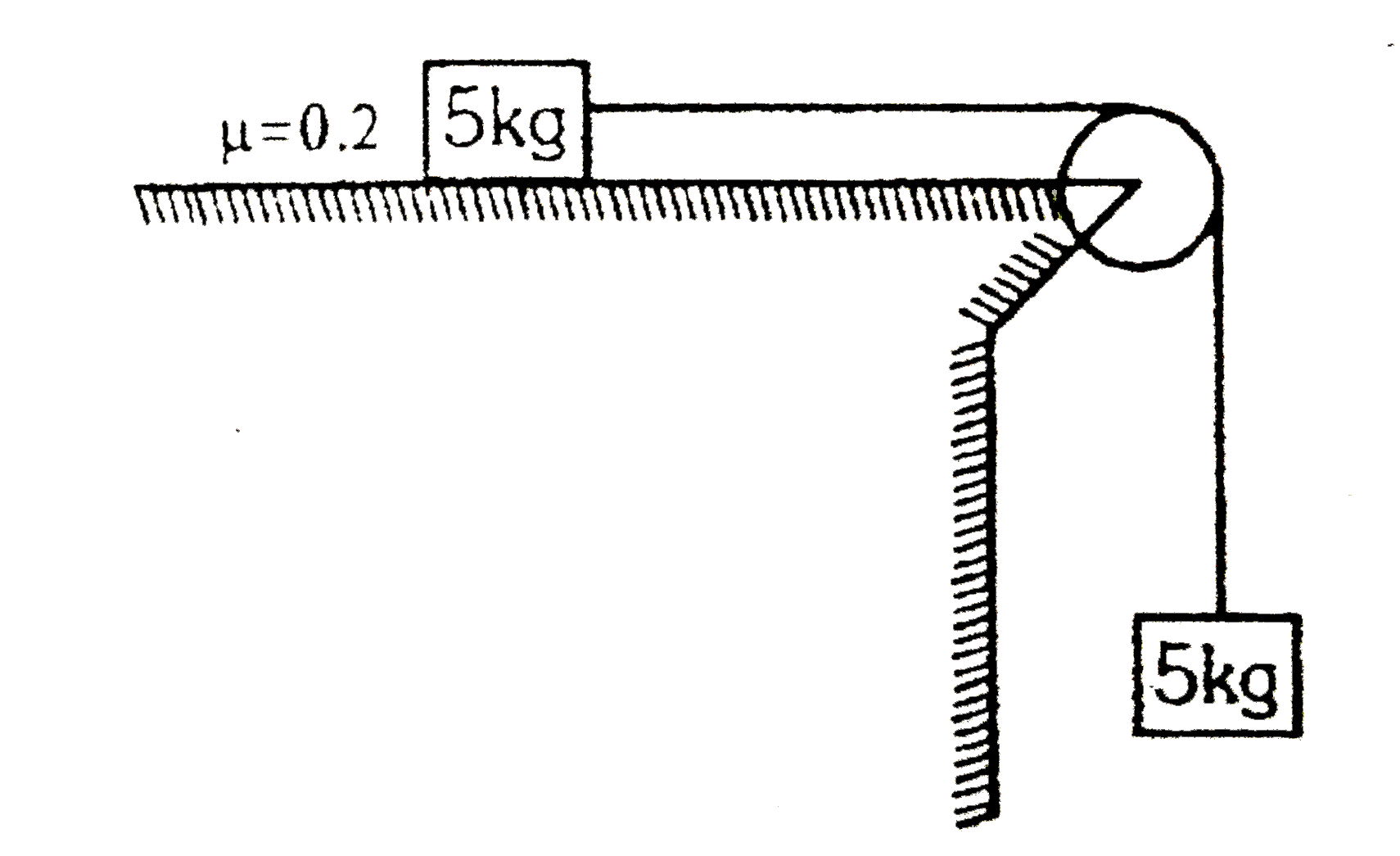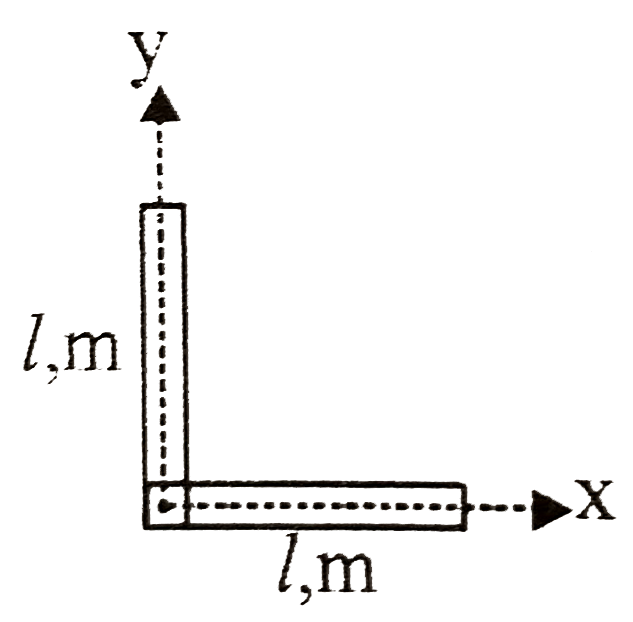Assertion : The centre of mass of an isolated system has a constant velocity.
Reason : If centre of mass of an isolated system is already at rest, it remains at rest.
If both assertion and reason are true and the reason is the correct explanation of the assertion.
If both assertion and reason are true but reason is not the correct explanation of the assertion.
If assertion is true but reason is false.
If the assertion and reason both are false.
The correct Answer is:B
To solve the question regarding the assertion and reason about the center of mass of an isolated system, we will analyze each statement step by step.
Step 1: Understand the Assertion
The assertion states that "The center of mass of an isolated system has a constant velocity."
Explanation: In an isolated system, there are no external forces acting on it. According to Newton's first law of motion, if no external force acts on a body, it will either remain at rest or continue to move with a constant velocity. Therefore, the center of mass of an isolated system will indeed have a constant velocity.
Step 2: Understand the Reason
The reason states that "If the center of mass of an isolated system is already at rest, it remains at rest."
Explanation: This statement is also true. If the center of mass is initially at rest and no external forces are acting on the system, it will remain at rest. This is a direct consequence of the absence of external forces.
Step 3: Analyze the Relationship Between Assertion and Reason
Now, we need to determine if the reason provided explains the assertion.
- The assertion discusses the general case of the center of mass having a constant velocity, which can be either zero (at rest) or non-zero (moving).
- The reason specifically addresses the case when the center of mass is at rest, which is a specific scenario of the broader assertion.
Conclusion
Both the assertion and the reason are true statements. However, the reason does not fully explain the assertion because it only covers the case when the center of mass is at rest, while the assertion encompasses all scenarios of constant velocity.
Final Answer
Thus, the correct conclusion is:
- Both assertion and reason are true, but the reason is not the correct explanation of the assertion.
The best option is: Option 2.
---
The assertion states that "The center of mass of an isolated system has a constant velocity."
The reason states that "If the center of mass of an isolated system is already at rest, it remains at rest."
Now, we need to determine if the reason provided explains the assertion.
- The reason specifically addresses the case when the center of mass is at rest, which is a specific scenario of the broader assertion.
Both the assertion and the reason are true statements. However, the reason does not fully explain the assertion because it only covers the case when the center of mass is at rest, while the assertion encompasses all scenarios of constant velocity.
Thus, the correct conclusion is:
- Both assertion and reason are true, but the reason is not the correct explanation of the assertion.
Topper's Solved these Questions
- BOOK - ERRORLESSCHAPTER - ROTATIONAL MOTIONEXERCISE - NCERT BASED QUESTIONS (Torque and Couple)27videos
ROTATIONAL MOTION
- BOOK - ERRORLESSCHAPTER - NEWTON'S LAWS OF MOTIONEXERCISE - ASSERTION & REASON18videos
NEWTON'S LAWS OF MOTION
- BOOK - ERRORLESSCHAPTER - SIMPLE HARMONIC MOTIONEXERCISE - Assertion & Reason15videos
SIMPLE HARMONIC MOTION
Similar Questions
Knowledge Check
- Question 1 - Select One
The centre of mass of two particles system lies
Aat the midpoint on the line joining the two particles.Bat one end of line joining the two particlesCon the line perpendicular to the line joining two particlesDon the line joining the two particles - Question 2 - Select One
Centre of mass of the earth-moon system lies
Aon the surface of the earthBon the surface of the moonCwith in the earthDat the midpoint of the line joinining their centres - Question 3 - Select One
The change in the internal energy for an isolated system at constant volume is
AzeroB(-2.18 erg)C(+4.27 erg)D(+2.78erg)
Show that centre of mass of an isolated system moves with a uniform velocity along a straight line path.
View SolutionThe magnitude of acceleration of centre of mass of the system is
 View Solution
View SolutionThe centre of mass of a system of particles does not depend on
View SolutionThe centre of mass of a system of particles does not depend on
View SolutionAccording to the principle of conservation of linear momentum, if the external force acting on the system is zero, the linear momentum of the system will remain conserved. It means if the centre of mass of a system is initially at rest, it will remain, at rest in the absence of external force, that is, the displacement of centre of mass will be zero.
Two blocks of masses 'm'and '2m' are placed as shown in Fig. There is no friction anywhere. A spring of force constant k is attached to the bigger block. Mass 'm' is kept in touch with the spring but not attached to it. 'A' and 'B' are two supports attached to '2m'. Now m is moved towards left so that spring is compressed by distance 'x' and then the system is released from rest.

Find the relative velocity of the blocks after 'm' leaves contact with the spring.View Solution


